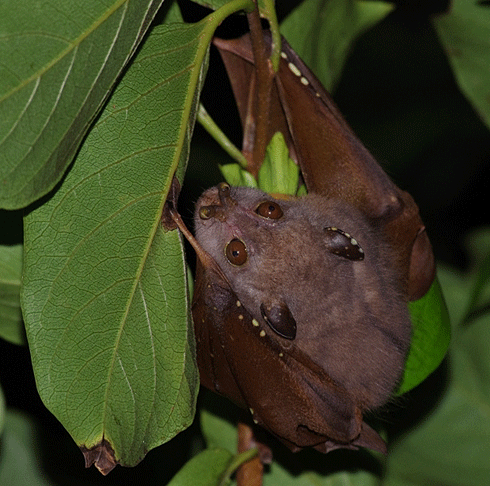
|
Published: 1 October 2012
Lens onto a hidden world
Had I not already been an initiate to the beauty of bats, I would certainly have been converted after reading this book.
Written by two of Australia’s most experienced bat scientists, Working the Night Shift: A Natural History of Australian Bats is a warm, passionate and engaging insight into the lives of bats in Australia. With more than 90 years of bat research between them and the fieldwork of many students to draw on, the authors’ familiarity with their subject is clear.
Snapshots of field research provide insights not only into the lives of bats, but also into those who study and care for them. Captured bats kept in kitchens, freezers and even showers – much to the consternation of spouses – may help to explain why bat biologists themselves are a rare species.
Bats are integral to the Australian landscape. They can be found across much of the continent: in deserts, savannahs, the tropics, temperate regions and even the Nullabor Plain. The authors focus on eight regions in an illustrated travelogue that also features interesting facts about some local bat species. Who would have thought that – drawn by moths, rather than politics – some insectivorous bats like to congregate at Parliament House in the summer?
With species ranging in size from a minuscule three grams to more than a kilogram, one thing that emerges is their incredible diversity. In caves, tree hollows, beneath loose bark or in the canopy, bats find homes everywhere. And, not all of their roosting sites are natural – old mines, roofs, road culverts, manholes, tunnels and bridges rank high in popularity with some smaller species.
The lives of bats vary with their food sources and roosting habits; they can be pest controllers, pollinators, foresters, fishers, migrants and asylum seekers. The book covers bat biology and ecology, deals with their evolutionary history and relevance to Aboriginal people, and outlines the threats that challenge bats’ survival.
Many of these threats, such as disturbance, introduced predators and the loss of natural habitat and food, are sadly typical of wildlife that share habitats with people. Other threats, such as shooting, are more specific to these native animals that – with little sense of irony – are stigmatised as a threat to humankind (e.g. damaging fruit orchards or transmitting viruses to livestock).
Steve Parish’s photography, in particular the close-ups that highlight the bats’ remarkable and often bizarre faces, gives parts of the book the feel of an album of unusual mug shots. Their striking, highly specialised features – ornate nose-leaves or dog-like rhinaria (the moist, shiny skin around the nostrils of dogs, cats and other mammals), ears structured for echolocation or large eyes for sharp vision – highlight the radically different evolutionary paths bats have taken. Highly adapted tongues and teeth variously enable bats to deal with diets of birds, other bats, fish, insects, fruit and nectar. As it turns out, the one unique feature common to all bats is the hand-wings.
Granted, bats are not everyone’s cup of tea, but this book goes a long way to debunking common myths and enthusing us about one of the most diverse and fascinating groups of mammals in the world.

|
|
You can order a copy of Working the Night Shift: A Natural History of Australian Bats online from CSIRO Publishing |




